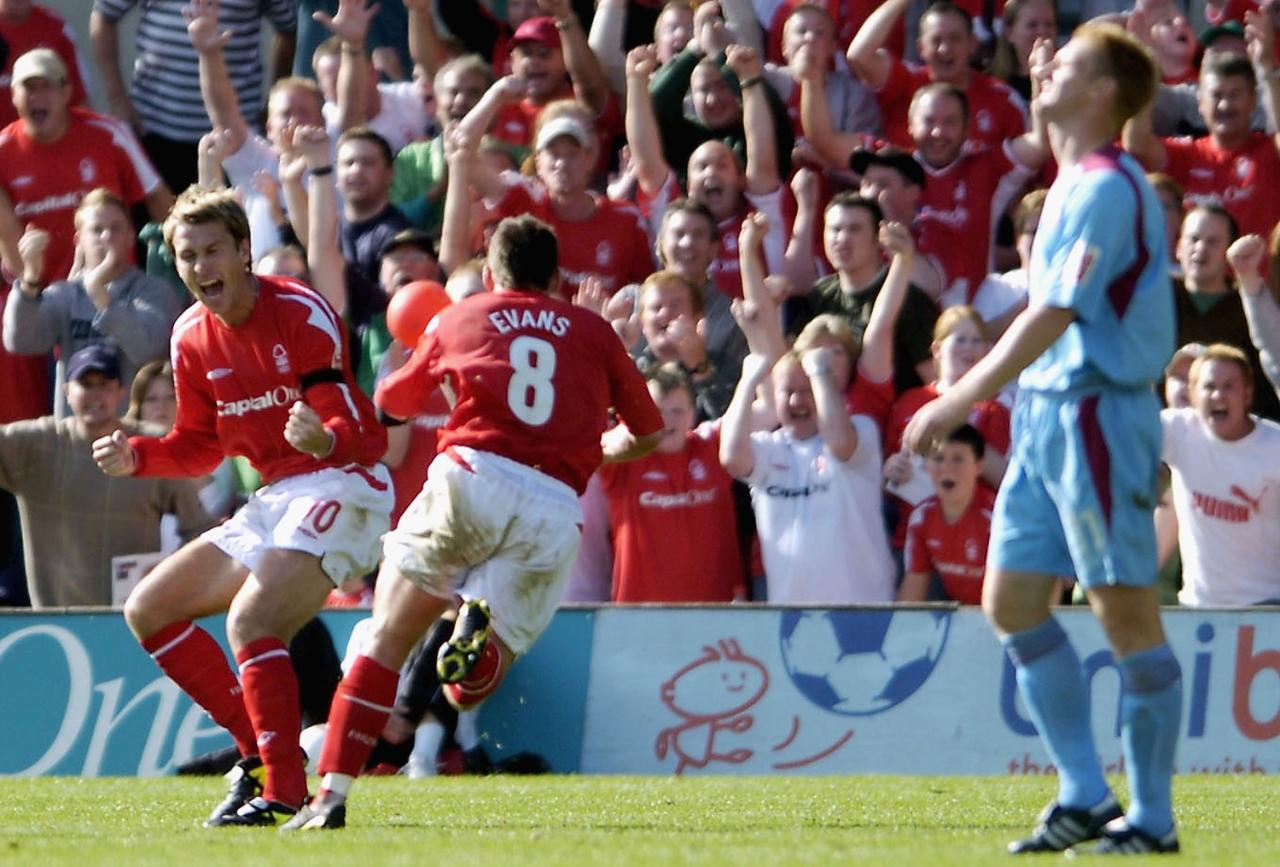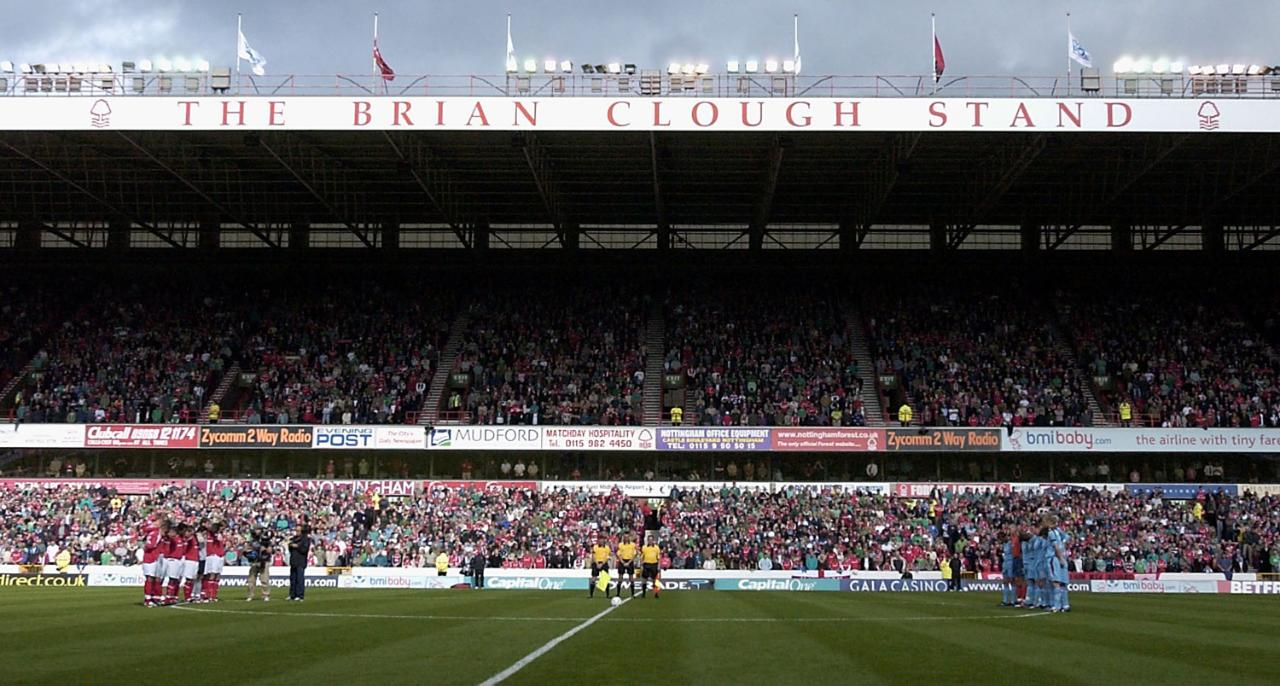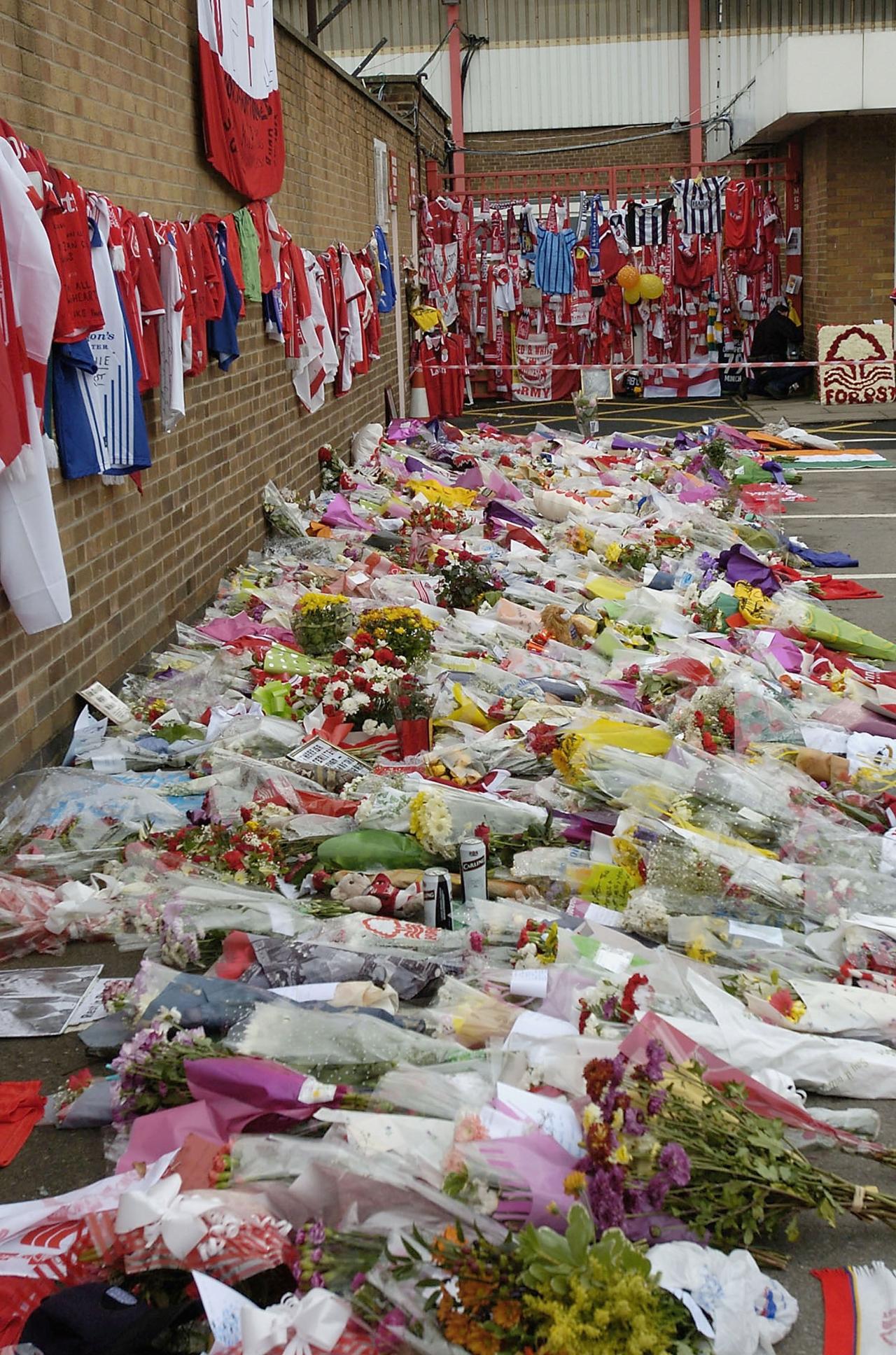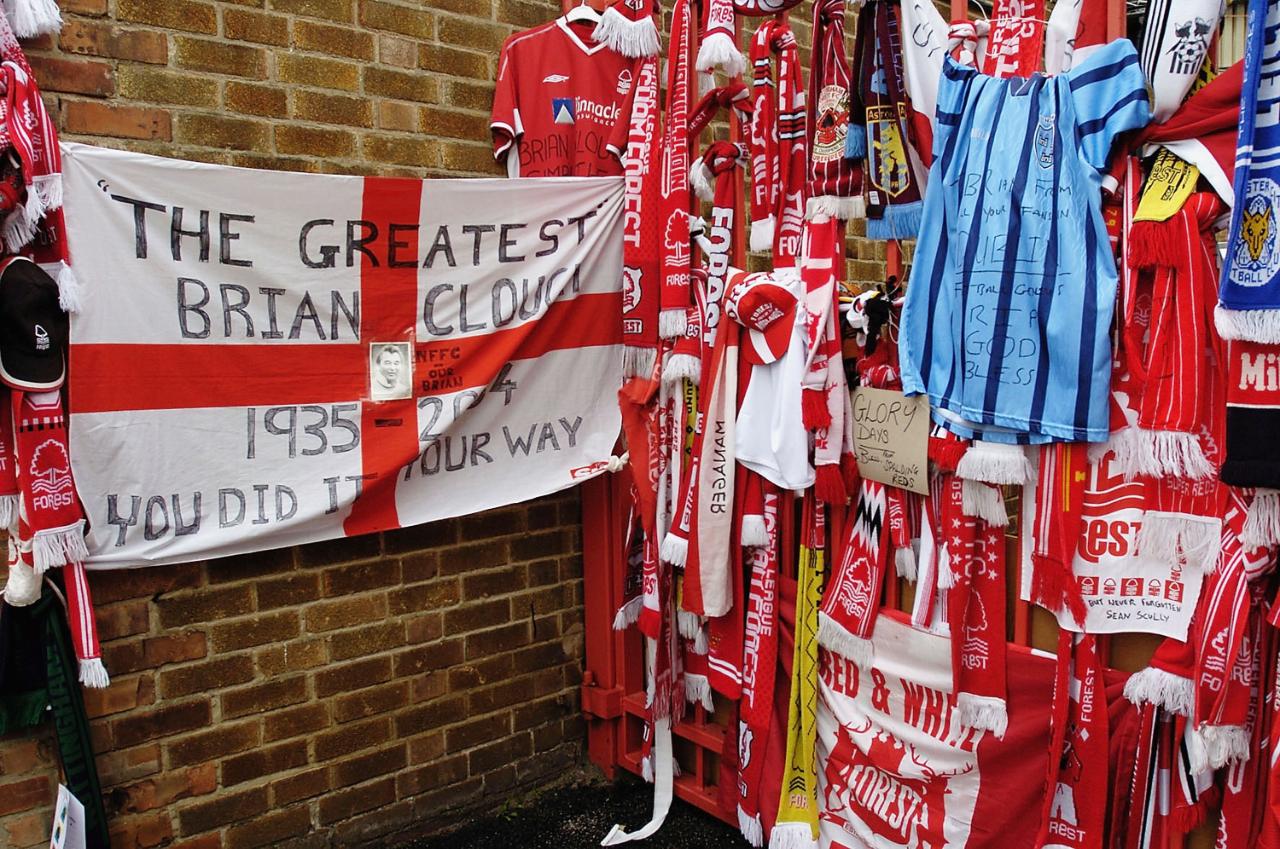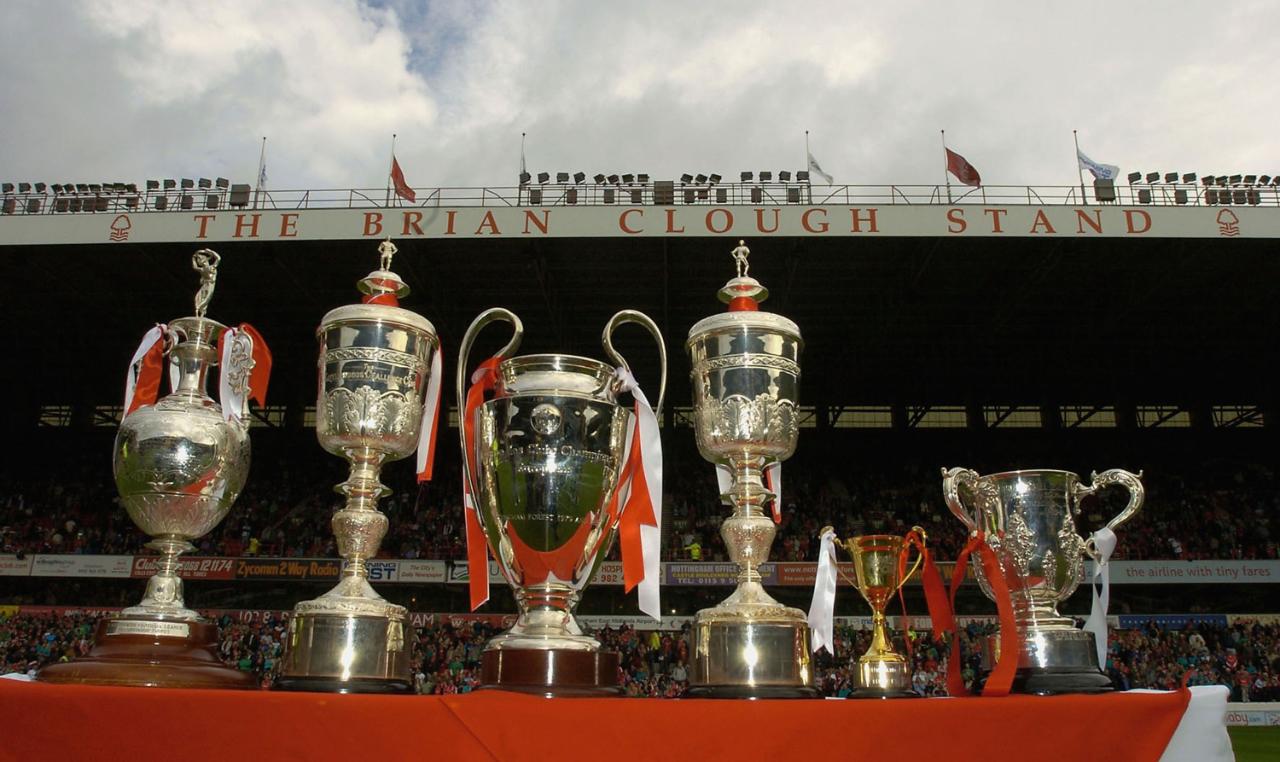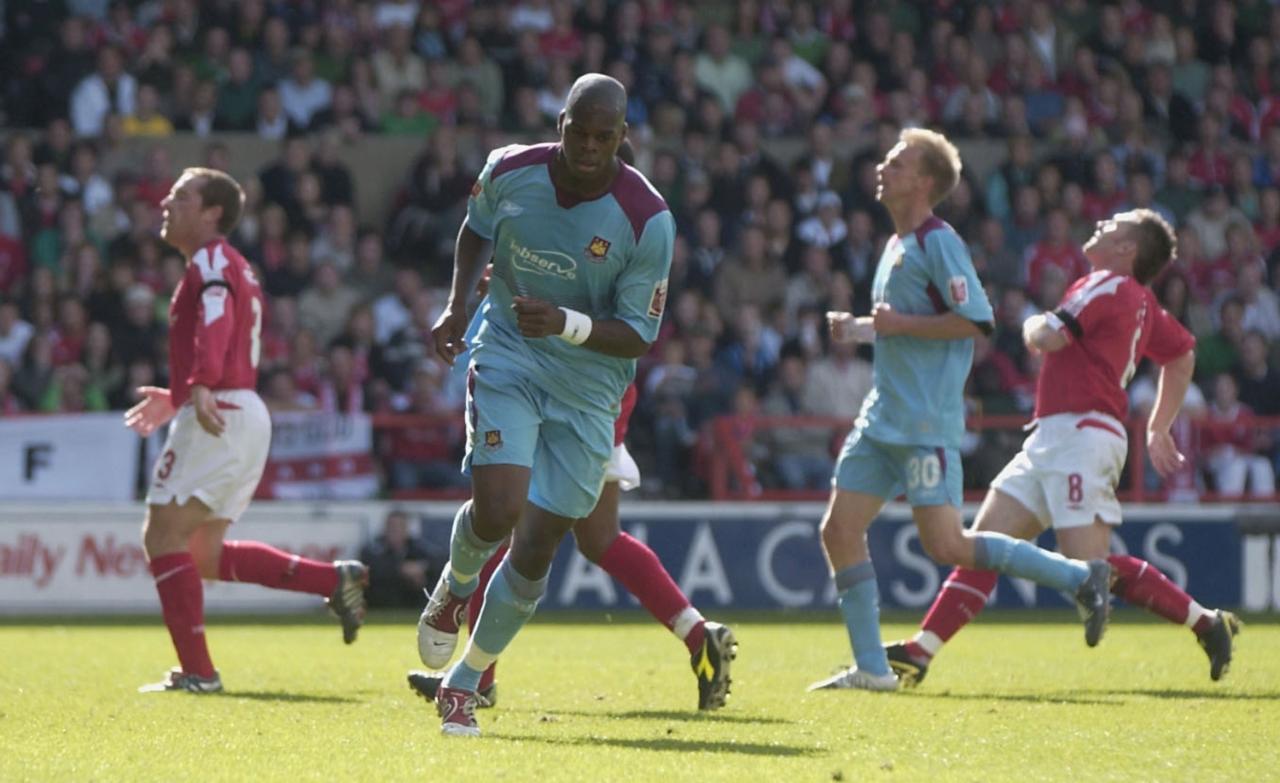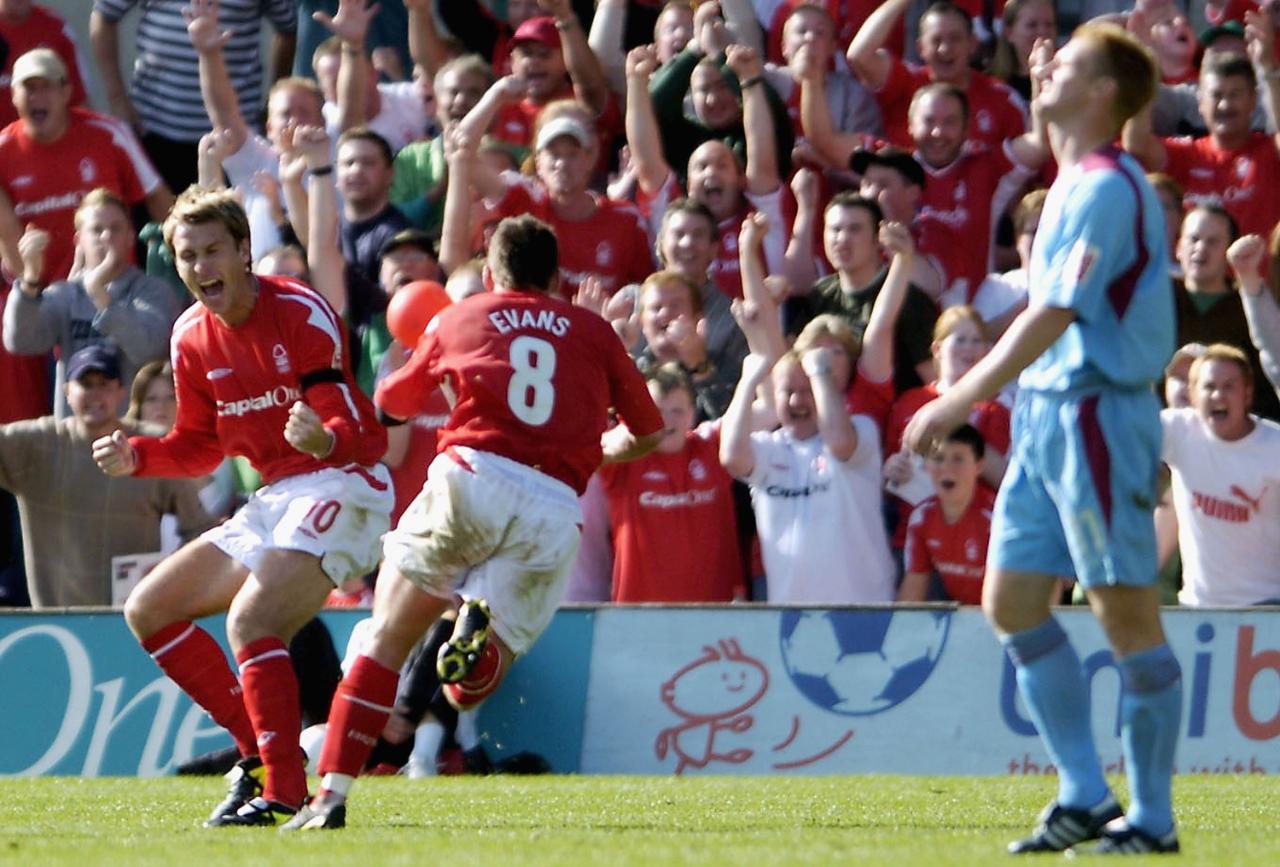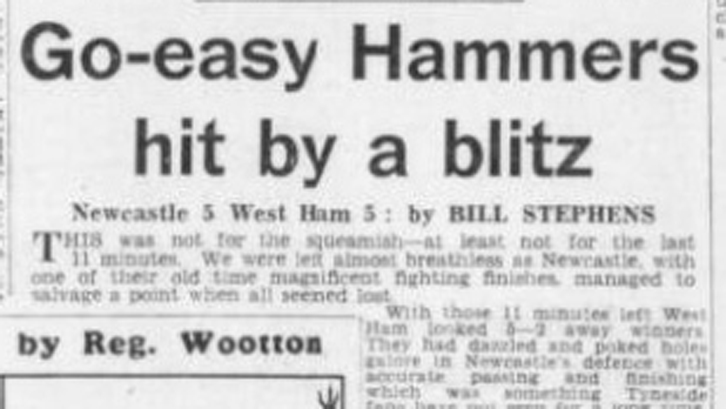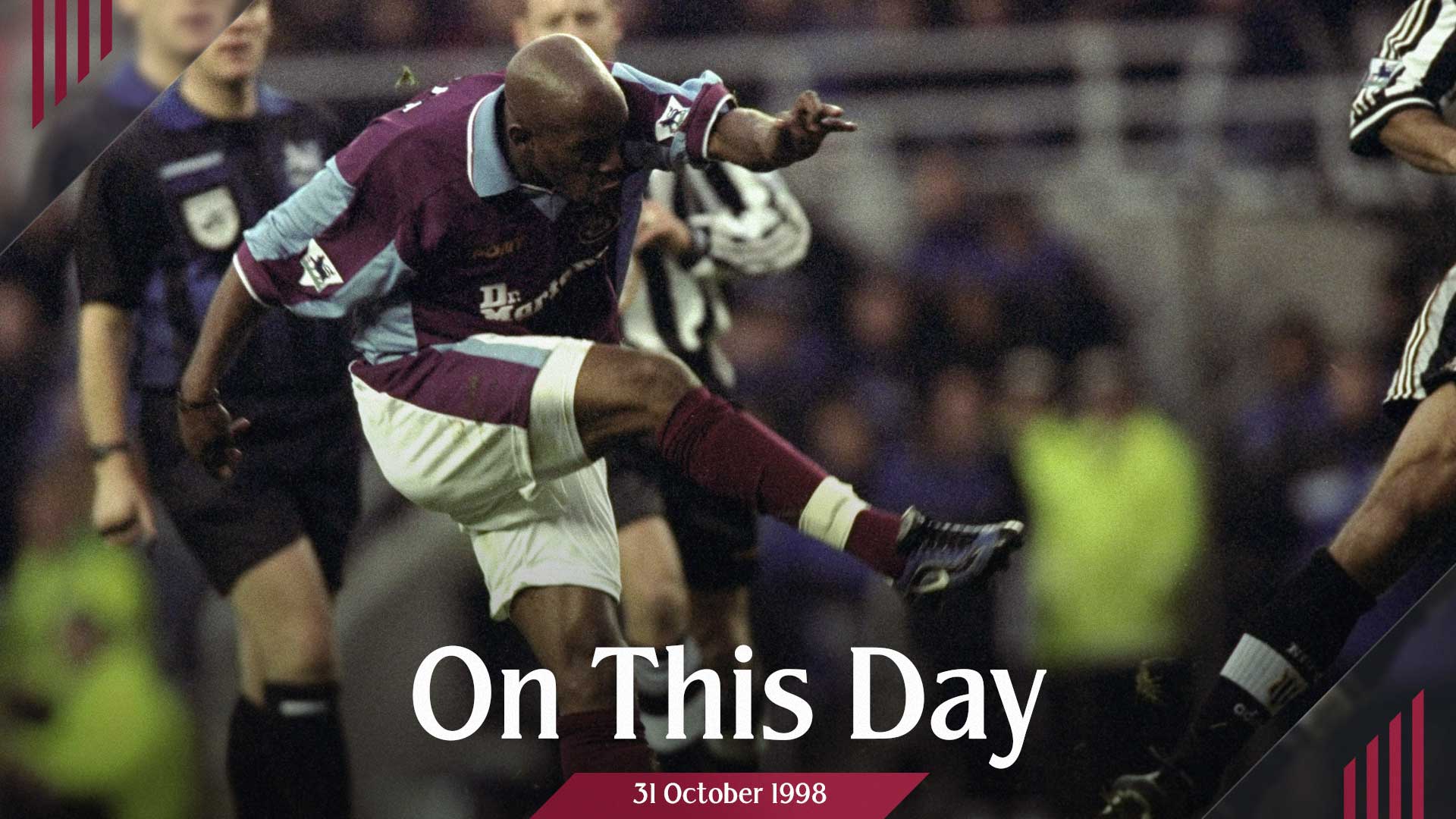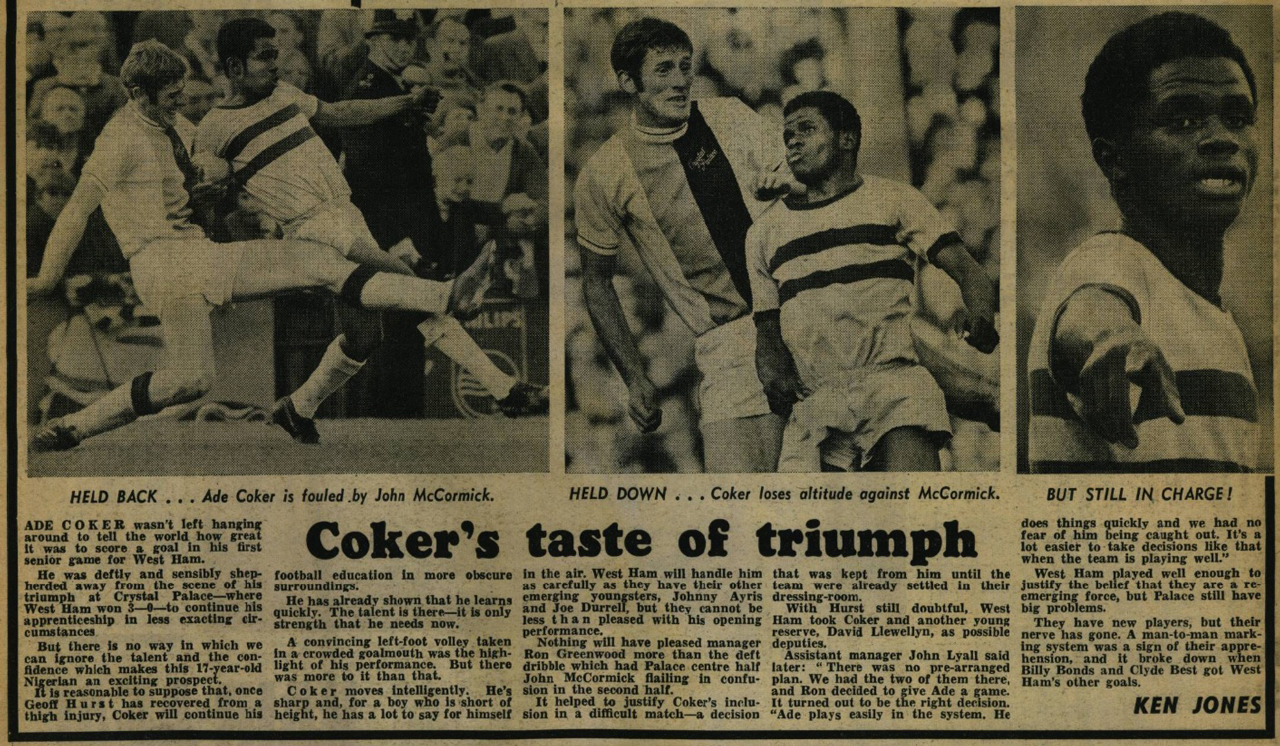Sid Lambert takes us back 20 years to the 2004/05 season, when Alan Pardew’s Hammers secured a rollercoaster return to the Premier League...
West Ham United’s topsy-turvy 2004/05 season continued in September with a trio of matches against teams from the Midlands. First up were Notts County in the Carling Cup at Upton Park. The visitors were struggling in the third tier and should have presented feeble opposition for a team with its eyes on the Premier League. But history had taught me that on any given day, in any given cup competition, West Ham could make minnows look like giants. This wasn’t a fixture to be taken lightly.
True to form, we served up a five-goal thriller on a night under the lights which lurched from the sublime to ridiculous. Bobby Zamora, back after five weeks out, started proceedings in style by scoring the opener after a mere 18 seconds. Sergei Rebrov’s snapshot was parried by the ‘keeper and Zamora was goalhanging – in the sort of position that made Tony Cottee a Bolyen legend – to tap home the rebound.
When your team gets off to that sort of start your mind starts racing with improbable mathematics. We could be three up by half-time. We could beat these six or seven. Of course, to do that is to ignore The West Ham Law of Defensive Lapses In Winning Situations. And sure enough, we were soon brought down to Earth by a County equaliser, when our nasty habit of leaving strikers unmarked in the six-yard box cost us dearly. Zamora put us ahead again early in the second half, only for another clanger to gift the opposition a second goal. It was depressingly predictable.
Yet nobody foresaw what happened next. When Rebrov lined up a free-kick from fully 35 yards, there were numerous possibilities for the ball’s final destination: the corner flag, Canning Town station, international airspace. Few expected to see the net bulge. But bulge it did, admittedly thanks to some very generous goalkeeping. There was still time for Zamora to miss a penalty (and a hat-trick) and finally the referee blew the whistle on a thoroughly chaotic evening’s entertainment.
A quirk of the fixture list meant we faced the red half of Nottingham on our return to league duty. This side was a far cry from the brilliant Forest side I’d known during my youth. The shadow of Brian Clough still loomed large over the City Ground, and none of his successors had every come close to matching his managerial legacy. The latest incumbent was Joe Kinnear. It seemed an unlikely match. Kinnear was best known for his agricultural football during a successful spell in charge at Wimbledon in the 90s, whilst Forest had a reputation for incisive passing during their glory years.
There had been little sign of glory so far. Forest, considered potential promotion contenders before the start of the season, were rooted in the bottom three. Their nine games had yielded just six points. They were now red-hot favourites for relegation. They couldn’t score. They couldn’t stop conceding. And they hadn’t won a single game all season.
Until West Ham rolled into town.
Live on Sky, there was an inevitability about the afternoon’s proceedings. Our visit coincided with a stadium-wide tribute to the great Cloughie, who had passed away a few days earlier. Forest fans wore his trademark green sweaters, there were trophies from his heyday on display, and they even played Sinatra’s ‘My Way’ before kick-off. On a day of such extraordinary emotion, there was no way we were emerging with three points. And even though Marlon Harewood put us ahead against his former club, Forest equalised and then scored a last-minute winner that was written in the stars.
The defeat cost us ground on the top of the table, but we saved mileage for our next game at least, as we made the short trip across the East Midlands to Pride Park. I had fond memories of the venue, having seen the much-maligned Paulo Wanchope score a double in a 2-1 win in 1999/00. At the time I was frustrated because we weren’t building on consecutive top-ten finishes. And here we were, just four seasons later, scrabbling for a Play-Off spot in the Championship. Football has a funny of way of humbling you. During my angry teenage years I was convinced Wanchope was one of the worst strikers in West Ham lore. Sitting here some 24 years later, I realise there’s a long, long line in front of the Costa Rican. But that’s another story.
Anyway, after the last-gasp agony three days earlier it was a real test of character for Alan Pardew’s men. The signs were ominous when Derby took the lead after sloppy marking from a set piece. But we bounced back and Matty Etherington, whose form during the month had been mightily impressive, volleyed a deserved equaliser.
Afterwards the gaffer was in good form. His team had stuttered and stumbled through the first two months of the season yet had shown resilience when they needed it most. Our dreams of storming to promotion at the top of the table were gone. This was going to be a long, hard slog. And he was building a team to fight all the way.
*The views and opinions expressed in this article are those of the author and do not necessarily reflect the views and opinions of West Ham United.
Sid has a new book out: “Highs, Lows and Di Canios: The Fans’ Guide to West Ham United in the 90s”. Visit www.thewesthamway.com, or head into the official West Ham store for a rollercoaster ride through one of the most turbulent decades in Claret & Blue history.

